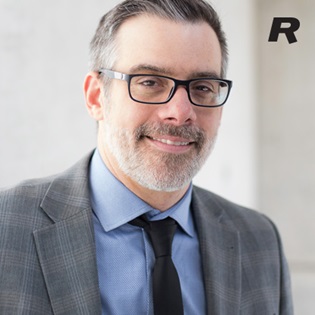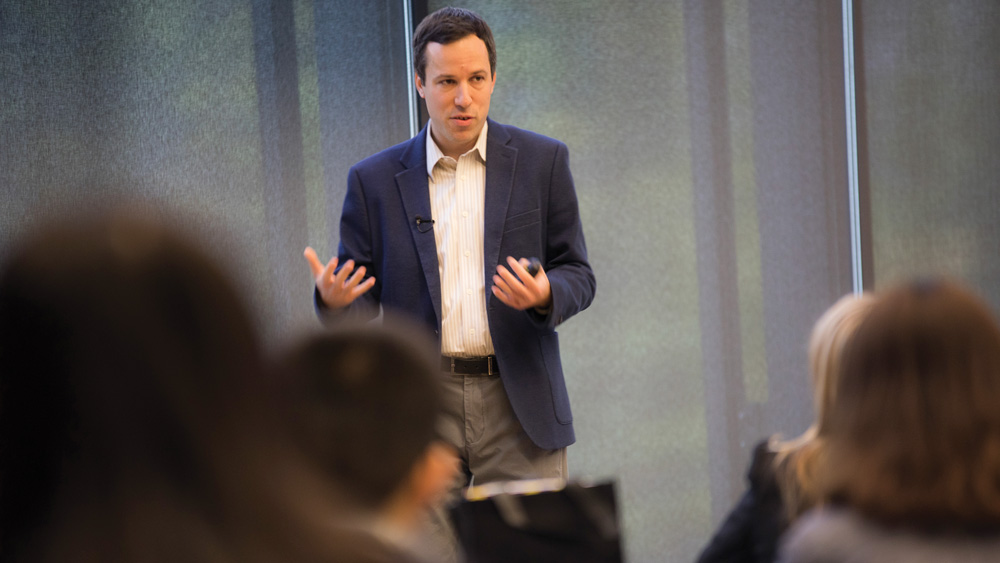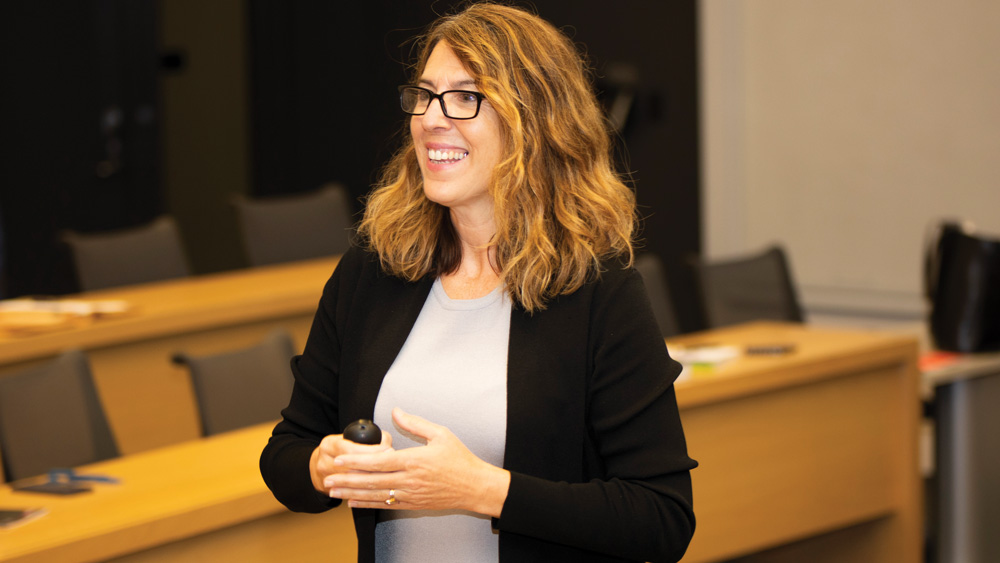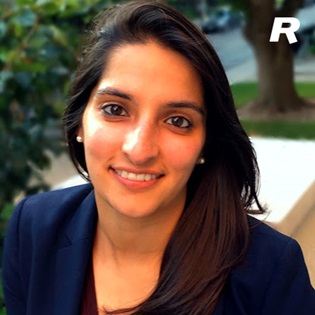By now, the case for inclusion has been made: workplaces that embrace diverse perspectives and make employees feel like part of a cohesive team thrive. Inclusion is a win-win game, plain and simple.
Still, many people continue to experience workplaces where they don’t feel entirely welcome, where they come up against cliques, coworkers who are resistant to change or new ideas, and managers who do not understand some of the unique challenges their employees face.
While the business case for inclusion is straightforward, the blueprint is not.
At the Rotman School, four professors are leveraging their unique expertise — in tribalism, crisis prevention, business design and behavioural economics — to tackle the goal of inclusion in the workplace.
“To get people to change their behaviours, we need them to step outside of their individual perspectives.”
—Avni Shah, Professor of Marketing
Even better, the School is making these insights available to organizations through a new executive program, Inclusion by Design, for leaders looking to create more cohesive and productive environments. Program participants can expect to learn more about why some initiatives fail, discover the approaches that work best, and engage in detailed debriefs and simulations.
While their approaches may vary, the four Rotman faculty members agree that to achieve inclusion in the workplace, leaders need a multi-disciplinary approach to understand the core concepts and major challenges ahead.
Focusing on an ‘us’ mentality
 While it’s natural for people to come together because of common interests, backgrounds and goals, organizations should be cautious of groups that form out of an ‘us versus them’ mentality.
While it’s natural for people to come together because of common interests, backgrounds and goals, organizations should be cautious of groups that form out of an ‘us versus them’ mentality.
“Whether it’s in pop culture or politics, there is a trend towards categorizing people into distinct groups — heroes or villains, republicans or democrats, us versus them,” says Geoffrey Leonardelli, who is a professor of Organizational Behaviour and Human Resource Management.
Leonardelli, whose academic research centres around how tribes form, emphasizes that strong organizations focus on what they stand for — such as their core values and main goals.
“The best organizations focus on their core values and purpose and use that as a way to bring people together.”
—Geoffrey Leonardelli, Professor of Organizational Behaviour and Human Resource Management
“If we get too caught up in deciding whether people belong with us based on their similarity to us, we will face real challenges in creating environments that are inclusive and diverse,” he says.
“The key is not to base your group’s identity around a common enemy or competitor. Often, the best organizations focus on their core values and purpose and use that as a way to bring people together.”
Understanding what does and does not work
Though companies might be eager to introduce diversity and inclusion initiatives, there is a bit of paradox with these types of programs, says András Tilcsik, a professor in the Strategic Management area and coauthor of the award-winning book Meltdown: Why Our Systems Fail and What We Can Do About It.
“When you look at the data, the programs that companies seem to love the most are actually shown to be the least effective, while some of the most effective interventions are usually the least popular,” he explains.
Looking at long-term, large-scale data sets, Tilcsik and others have observed a reduction in the number of women and minorities in leadership roles in organizations that have adopted mandatory diversity training programs.
“The key is to design programs that bring people of different backgrounds and experiences together.”
—András Tilcsik, Professor of Strategic Management
“There might be psychological factors that are causing these interventions to backfire. Managers might be rebelling against these interventions.”
Instead, he sees promise in programs that engage rather than strong-arm managers. For example, companies that adopt mentoring programs matching junior employees with executives tend to see more diversity in senior management in the years after.
“Most organizations likely didn’t think much about these programs, which often aren’t even framed as diversity initiatives. The key is to design programs that bring people of different backgrounds and experiences together in the workplace,” he says.

Applying the principles of design
Angèle Beausoleil, who teaches design methods and leads research on the innovation process within organizations, takes a different approach to inclusion.
“In the same way that product designers engage with users, businesses need to engage with employees to design effective and inclusive programs and processes,” she explains.
Using this approach, Beausoleil has helped companies tackle high turnover rates and low morale.
“If we start by listening and understanding employee needs, we can develop impactful and innovative solutions.”
—Angèle Beausoleil, Professor of Business Design and Innovation
“When you embrace a human-centered design approach you focus on understanding the needs, wants, and challenges of the user — or in this case, talent — the roadmap becomes clearer,” she says.
“Too often, we see that managers aren’t paying attention to what their employees are going through, and employees become disengaged,” says Beausoleil. “If we start with listening and understanding their needs, we can develop impactful and innovative solutions.”

Changing our perspective
 Meanwhile, Avni Shah, who is a professor with the University of Toronto Scarborough (with a cross-appointment to the Marketing area at Rotman), encourages professionals to borrow a few of the concepts from behavioral economics to tackle inclusion in the workplace.
Meanwhile, Avni Shah, who is a professor with the University of Toronto Scarborough (with a cross-appointment to the Marketing area at Rotman), encourages professionals to borrow a few of the concepts from behavioral economics to tackle inclusion in the workplace.
“To get people to change their behaviour, we need them to step outside of their individual perspectives and remove themselves from their trained way of thinking and personal biases,” she says.
Shah cites a well-known study where researchers first encouraged participants to think beyond their own set of circumstances — that they could belong to the highest or lowest earning quintiles, or any income groups in between — before presenting them with different models of wealth distribution. In turn, participants — regardless of political beliefs and income levels — tended to favour models that supported more equitable divisions of wealth.
“Basically, when you are encouraged to think bigger picture and not for yourself, you act more fairly and think about what’s best for everyone,” Shah says.
“The same ideas come into play at work. Can we think of ways to change people’s perspectives so that it’s not about ‘how does that decision affect me?’ Can we think about what’s better for all of us? What will make everyone feel better supported?”
Written by Rebecca Cheung